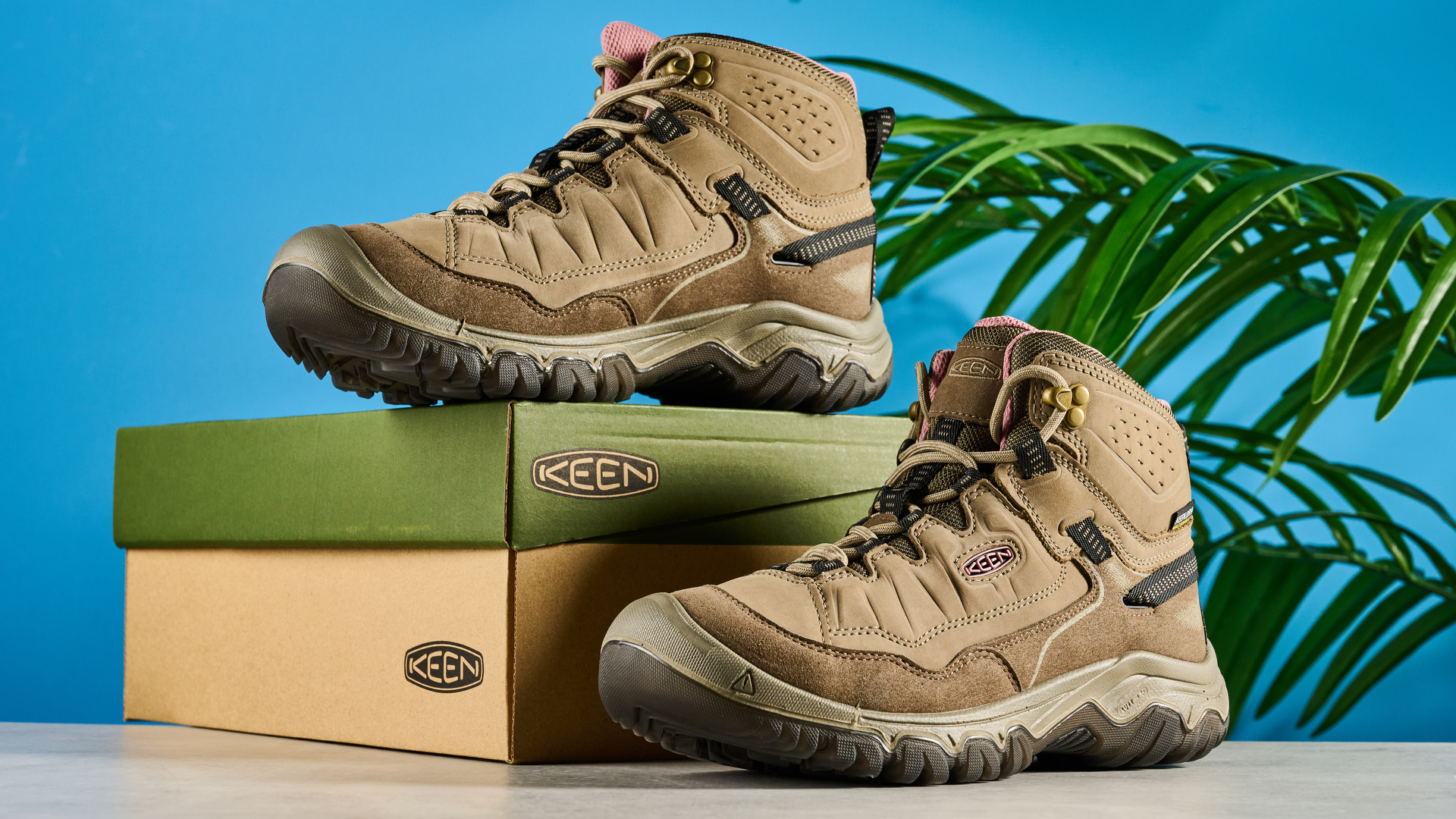Tesla’s $300 wireless charger is like Apple AirPower — with one big drawback
Most wearables won’t charge on this thing

Five years ago, Apple announced a product that was set to take the frustrations out of wireless charging: AirPower.
The wireless charging mat would fill the battery of up to three devices at once, no matter where they were placed on it, but it missed its promised release date, and Apple eventually announced that it wouldn’t be coming after all. No official reason was given, but insider accounts have since claimed the number of charging coils made it an overheating nightmare.
Now electric car maker Tesla has announced its own take on the challenge: the Wireless Charging Platform. It’s available to pre-order now, shipping next February with the somewhat prohibitive price tag of $300.
It’s “inspired by the angular design and metallic styling of Cybertruck” with an aluminium and alcantara finish, and provides 15W of charging for up to three devices simultaneously. “Featuring FreePower® technology, which charges your Qi capable devices such as phones or earbuds placed anywhere on its surface without precise alignment,” Tesla writes.
So far, so AirPower, but that last sentence revealed a big clue as to why it’s not quite the AirPower we never had.
Close, but no AirPower

While the key selling point of AirPower was the idea you’d no longer have to painstakingly line up your devices on the charging coils, the other big promise was that you could charge all your Apple devices at once. Apple press shots showed AirPower charging an iPhone X (which dates it a little), AirPods and an Apple Watch. Only two out of three of those will charge on Tesla’s Wireless Charging Platform.
That’s because the Apple Watch — and most other wearables including the Pixel Watch and Samsung Galaxy Watch 5 for that matter — aren’t compatible with the Qi standard Tesla is using here.
Get instant access to breaking news, the hottest reviews, great deals and helpful tips.
On a lesser note, Apple also claimed that AirPower and (Apple) devices placed upon it would “intelligently work together and communicate with each other to manage the charging through one more efficient charging system.” Nothing in Tesla’s promo page suggests that’ll be the case here — understandably, given the company doesn’t have its own ecosystem of portable devices, but still a difference.
While rumors persist that Apple will one day bring AirPower back from the dead, the problem of carefully aligning devices with wireless charging pads isn’t such a big deal on iPhones anymore, thanks to another innovation: MagSafe wireless charging. Introduced with the iPhone 12, the magnetic circle on the back of handsets automatically attaches to compatible devices, including wireless chargers, to ensure perfect alignment.
With that hurdle cleared, something like AirPower is arguably less attractive than it was in 2017 — at least for Apple and its ecosystem of devices. So it will be interesting to see whether there is still a market for Tesla’s Wireless Charging Platform when it’s released next year.
Freelance contributor Alan has been writing about tech for over a decade, covering phones, drones and everything in between. Previously Deputy Editor of tech site Alphr, his words are found all over the web and in the occasional magazine too. When not weighing up the pros and cons of the latest smartwatch, you'll probably find him tackling his ever-growing games backlog. He also handles all the Wordle coverage on Tom's Guide and has been playing the addictive NYT game for the last several years in an effort to keep his streak forever intact.

